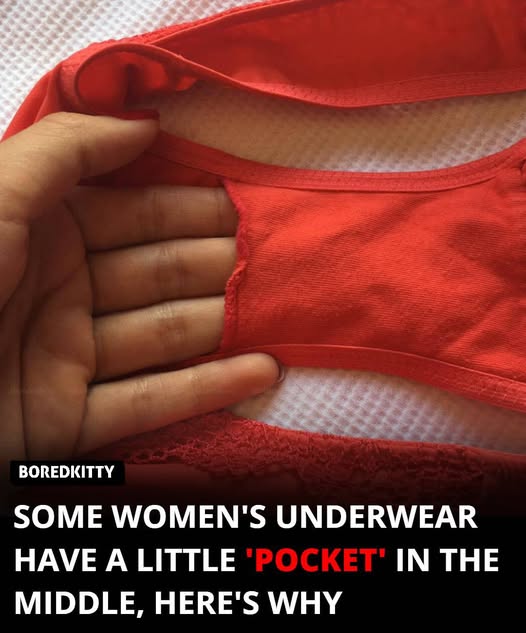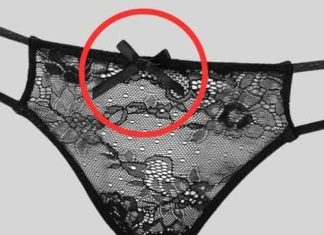If you’ve ever looked at your pair of panties and noticed a small additional panel of fabric in the crotch area, you might wonder what purpose it serves. That extra piece is called a gusset. Though it may look like a pocket at first glance, it’s not really for storing items — it’s designed for comfort, hygiene, and longevity.
How the Gusset is Constructed
Most women’s underwear include a gusset, typically a small diamond- or rectangular‐shaped piece of fabric sewn into the crotch area. It is often made of a breathable, soft material (commonly cotton or a cotton-blend) even when the rest of the underwear is synthetic. The gusset is sometimes sewn on three sides (giving the appearance of a “pocket”), or fully sewn on all four sides. Its positioning and stitching method are determined by manufacturing efficiency and style rather than function in most cases.

Why Include a Gusset: Comfort and Protection
One of the main reasons for the gusset is comfort. The crotch area is subject to friction from body movement and from the surrounding garment. Having a soft, smooth layer right against the skin helps reduce irritation, chafing and discomfort. When the rest of the underwear is lace, synthetic or tight-fitting, the gusset offers a gentler fabric layer for sensitive skin. Another major function is moisture management and ventilation. The female genital area naturally produces discharge and sweat. The gusset’s breathable fabric helps absorb or wick away moisture, allowing air circulation and reducing the chance of building up dampness next to the skin. This helps maintain freshness and can contribute to preventing irritation or odor. Without this extra layer, synthetic fabrics could trap more heat and moisture, increasing discomfort.
Structural Support and Fit
In addition to hygiene and comfort, the gusset plays a structural role in underwear construction. It adds reinforcement in the area that endures the most stress: the crotch seam. By providing extra fabric, the gusset helps maintain shape, reduce seam wear and preserve the integrity of the garment over time. In styles like bikinis, briefs or thongs, the gusset ensures the fit remains stable and the fabric lies flat where it matters.
Style Variations and Why Some Skip It
Though gussets are common, not all underwear styles use them in the same way — some seamless or ultra-minimal styles may minimise or eliminate a distinct gusset panel. Designers sometimes fold the lining differently or use fabric blends that claim to manage moisture on their own. Also, while gussets serve useful functions, their dimensions, placement and fabric quality vary widely — and some wearers note that a poorly designed gusset may not align with anatomy, leading to discomfort rather than relief.
What Should You Look for When Buying?
When choosing underwear, paying attention to the gusset can improve your daily comfort. Opt for:
- A soft, breathable fabric in the gusset (especially if the rest of the underwear is synthetic).
- A gusset that lies flat, without bulky seams rubbing against the skin.
- Proper alignment — the gusset should be long enough and placed in a position that matches your body’s contours.
- Good overall construction that integrates the gusset and main fabric well, reducing bunching or ride-up.

Final Thoughts
In short, that “little pocket” inside your panties isn’t decorative or accidental — it’s a thoughtful design element known as the gusset. Its purpose is multifaceted: enhance comfort, manage moisture, reinforce the garment, and contribute to hygiene. While it may go unnoticed, the gusset is one of the unsung heroes of underwear design. When your underwear fits poorly or feels scratchy, it may be less about your size and more about how that gusset is made and placed. So next time you notice that extra piece of fabric, you can appreciate the practical engineering behind it.

















